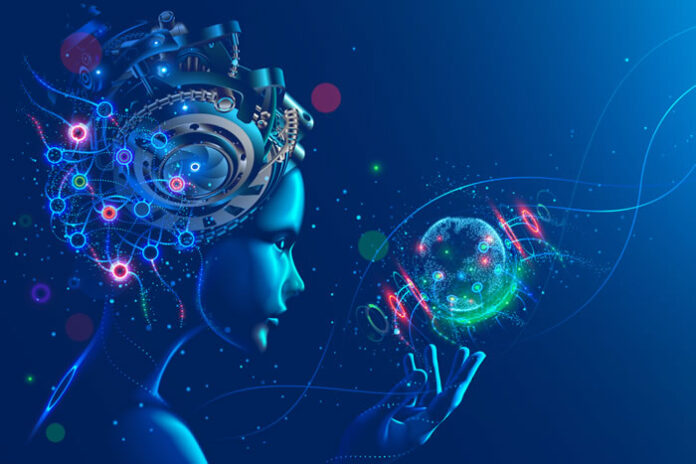Deep learning is set to transform entire industries and create new opportunities on a scale not seen since the Industrial Revolution in the 19th century. But while recent years have seen breakthrough AI innovation in deep learning, developers still face formidable obstacles in creating effective deep learning models, particularly when aiming to put them into production.
Deep Learning: Great Promise, Great Challenges
Amid major advances in the field of deep learning, thousands of companies and startups are building products and services that rely on this technology. Building the deep neural models needed to power business applications requires not only deep expertise in the field, but also substantial time and resources devoted to critical tasks like model design, training, quality testing, deployment, maintenance and periodic updates, and revisions. AI Innovation is here now and we need to leverage it.
Given that deep learning’s value proposition promises to unlock new efficiencies, the expensive and cumbersome process of actually creating and deploying deep learning models has been a sticking point for many organizations seeking to leverage the technology. The challenge is only compounded if the model in question requires massive training sets or is run on a small device with limited memory, which increases both the costs and the duration of production.
Upon completion of the training process, organizations can deploy applications based on a given model. A smart retail store, for example, can put into operation a system that monitors store traffic and inventory using security camera footage. Model inference – the process of analyzing each image captured by the camera – must occur as efficiently as possible, with minimal latency and energy consumption. This is an example of AI innovation.
Latency and energy consumption are closely linked and are influenced by the overall architectural complexity of the deep learning model itself. More complex models entail higher latency. Organizations can reduce latency by ramping up compute power, but this increases energy consumption and raises costs. Overcoming this conundrum will only become more imperative in the years to come, as key applications – like image processing for semi-autonomous and autonomous vehicles – won’t be able to function properly if latency remains too high.
Reducing Costs, Reducing Latency
For deep learning models to perform properly, a combination of customized hardware and software frameworks is key. Today, most models are trained and run on graphical processing units (GPUs), which distribute the computation across thousands of small computing cores to parallelize computations to accelerate performance.
To speed up inference, deep learning engineers often turn to a variety of software compression techniques. Among the most common methods are weight pruning and quantization, which have proven successful at cutting latency but do so at the expense of accuracy. Moving forward, deep learning AI innovation will depend on accelerators that speed up inference and minimize latency while still maintaining accuracy.
Acceleration is Key
To reduce latency and preserve accuracy, the world of AI innovation requires cutting-edge methods that can optimize models for specific hardware and tasks, no matter what they may be. Deep learning engineers require algorithmic solutions that work in parallel with existing compression techniques such as pruning and quantization.
These optimized models will immediately enable real-time applications and deliver considerable reductions in operating costs for cloud deployments.
AI Innovation is Now
The breakneck speed at which deep learning and AI innovation has unfolded in recent years carries the promise of significant transformation across industries. It will power smart factories, autonomous vehicles, sleek retail experiences, medical breakthroughs, and much more. How will these applications be brought to fruition? Only with accelerated models.
















